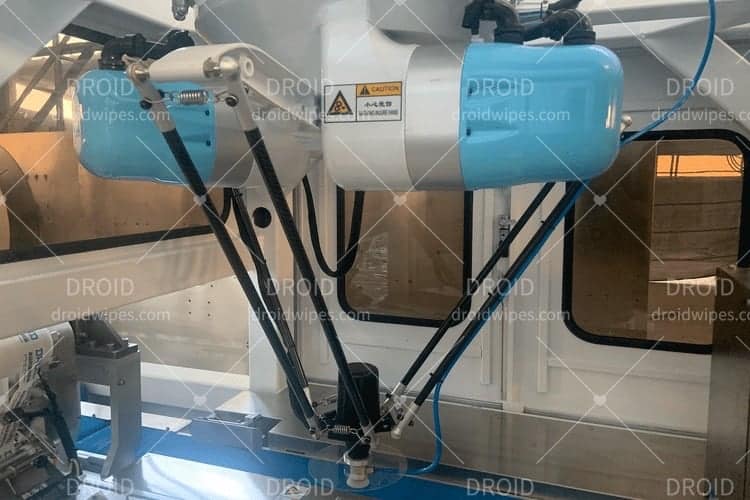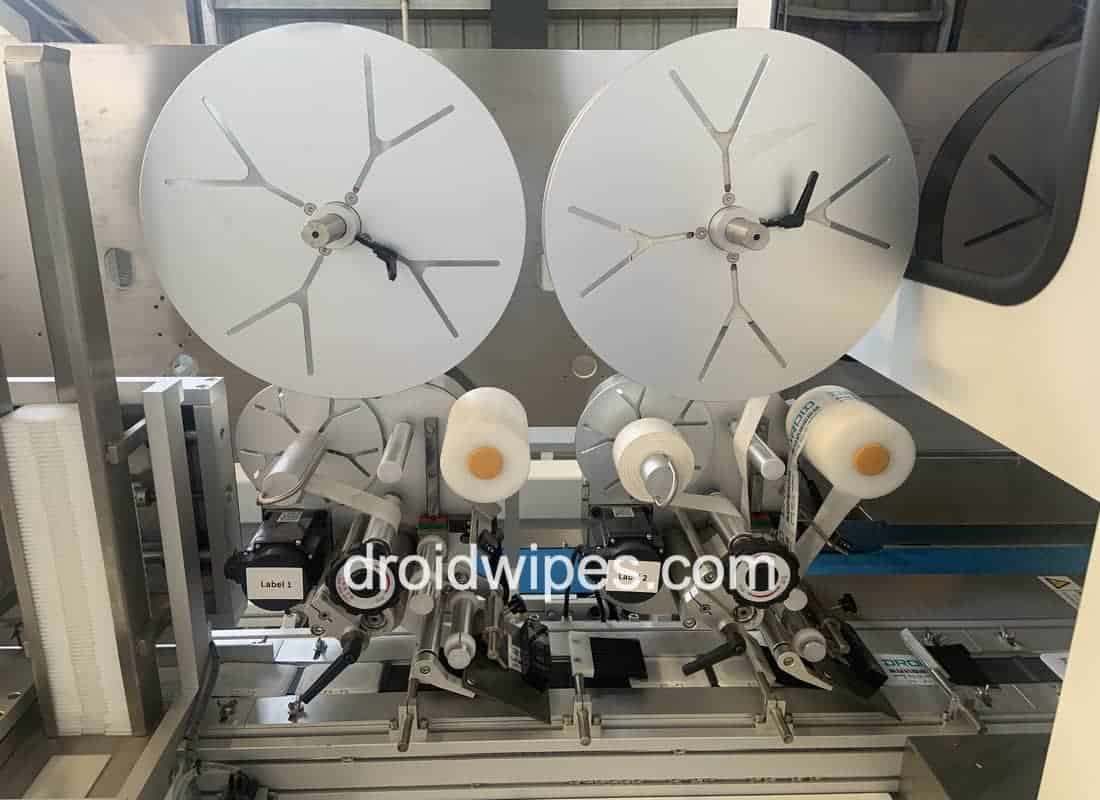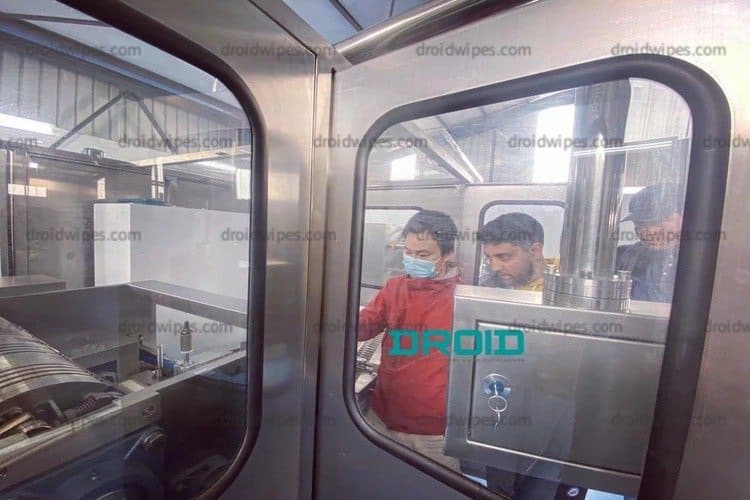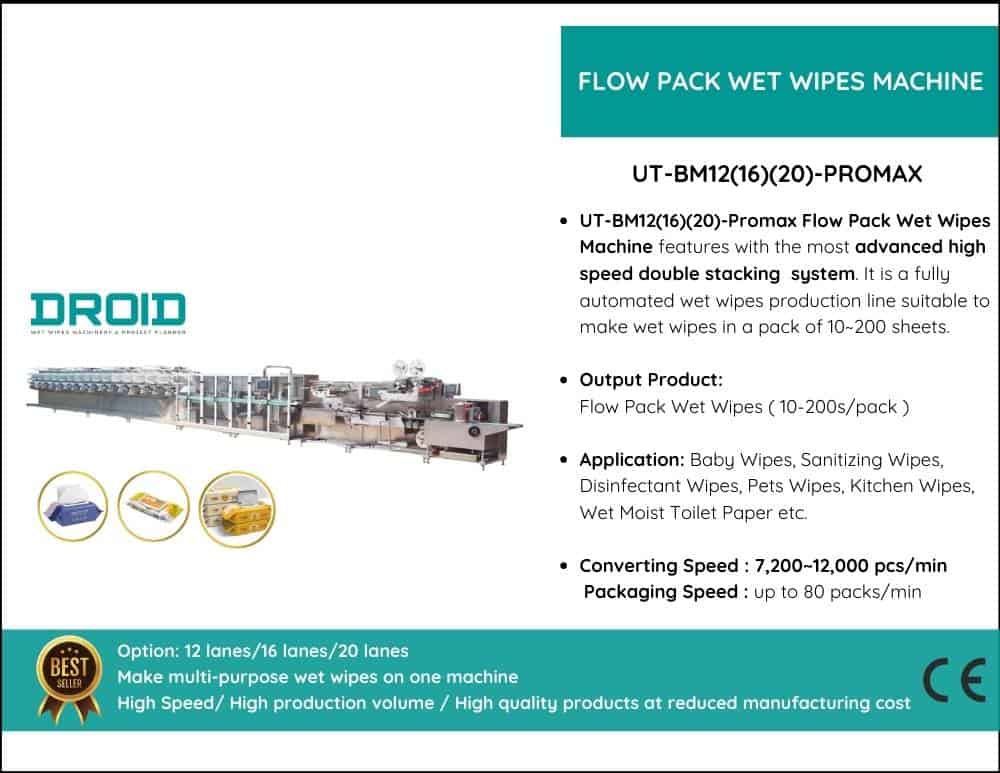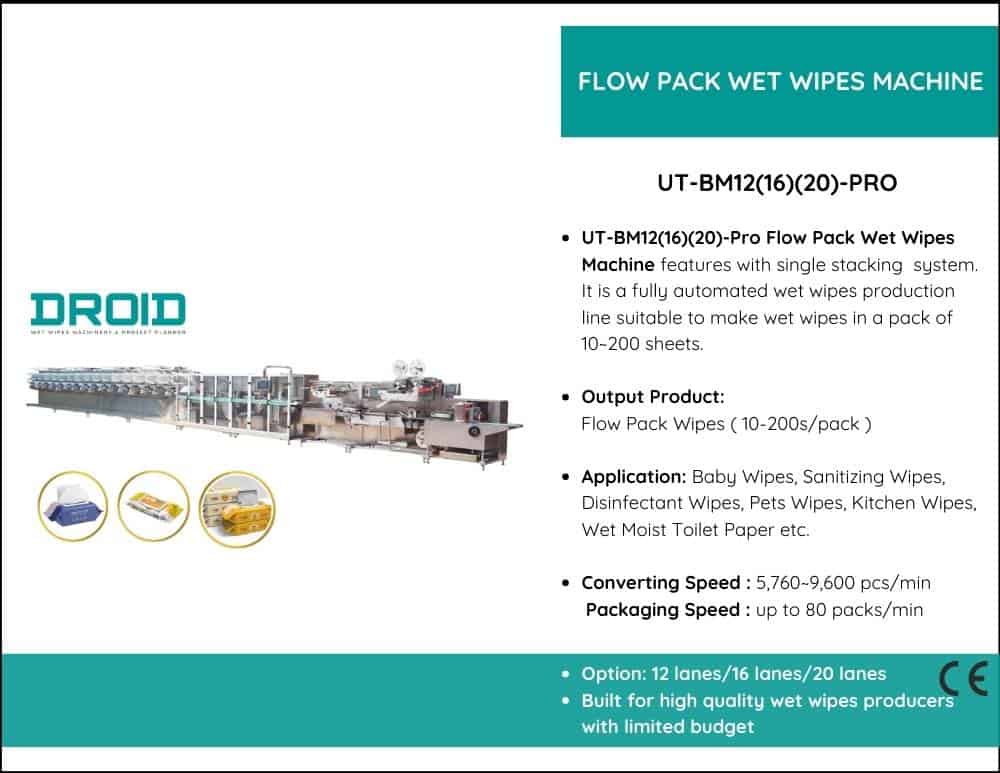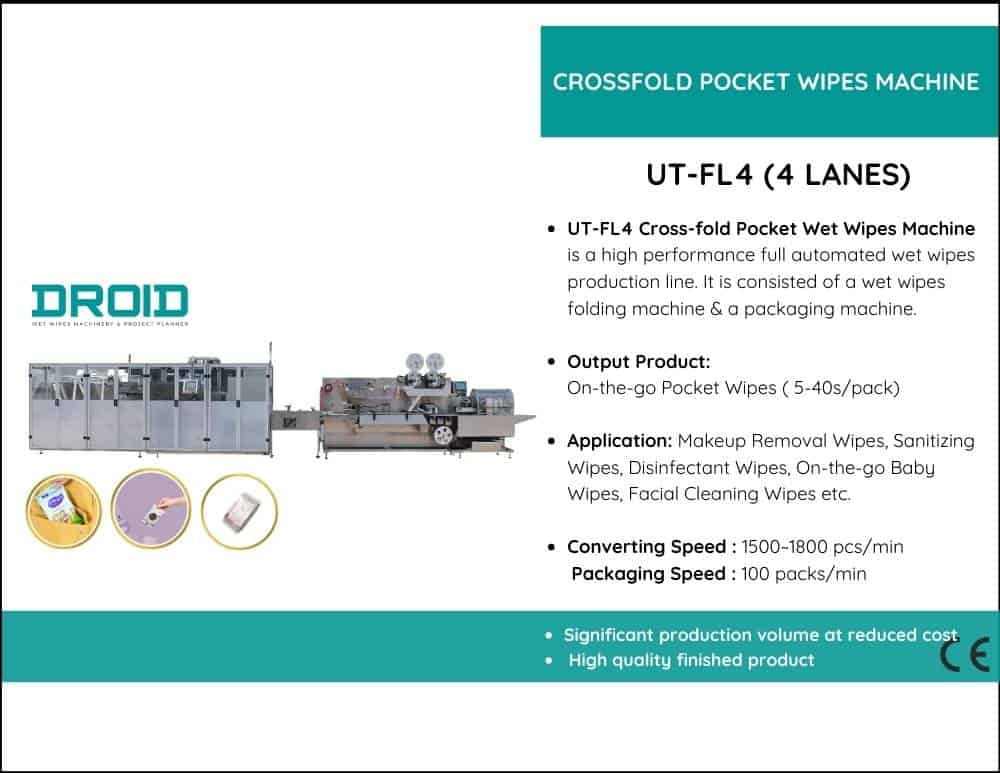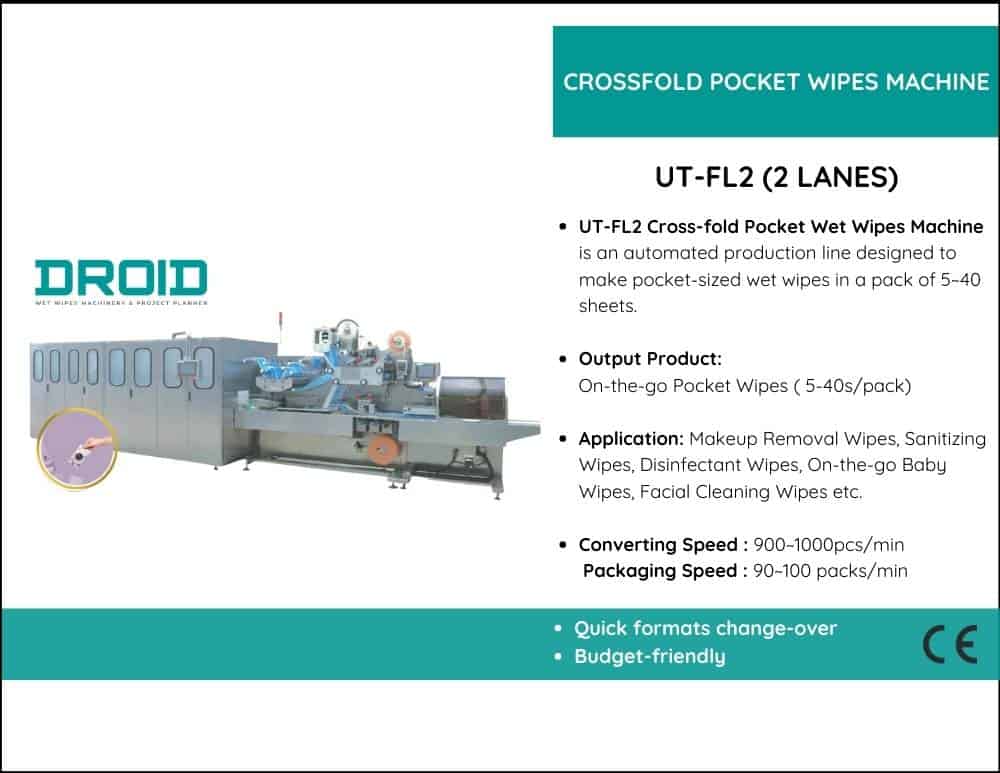What Are the Hidden Costs in Wet Wipes Production?
Are you aware of the actual cost of producing wet wipes? Many wet wipe manufacturers that want to enter or grow in the wet wipe market only consider the significant expenses, such as tools, labour, and wet wipe raw materials. However, there are hidden costs associated with producing wet wipes, such as maintenance, compliance, waste management, and energy consumption, that can quickly erode profits and hinder long-term success. Anyone in the wet wipes business seeking long-term growth and a better return on investment (ROI) must be aware of these hidden costs. This article tells you precisely what hidden costs to look out for, how they can hurt your bottom line, and what you can do to find them and manage them. Discover how much it costs to produce wet wipes and how to keep your business from being surprised by unexpected high costs.


